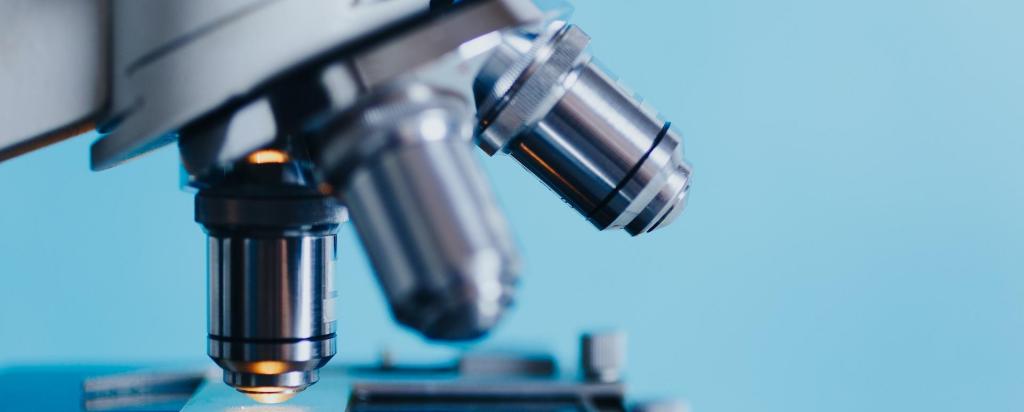Nuclear techniques bring new insights into food
Research explores how structure contributes to function in food

Showing 61 - 80 of 349 results
Research explores how structure contributes to function in food

A large team of ANSTO scientists in collaboration with University of Wollongong researchers has developed a new hybrid technique that enhances the effectiveness of a cutting-edge form of radiation therapy for advanced cancer.


Explore ANSTO's range of publications and reports available for the public.
A specialist in particle therapy treatment planning from the Mayo Clinic in the US, Professor Chris Beltran, recently visited ANSTO for an exchange for information.
A new nuclear medicine waste processing facility that showcases ANSTO Synroc technology is under construction.
The role of trace elements as palaeoclimate proxies has been explored in ANSTO-led collaborative environmental research.
The Advanced Diffraction and Scattering beamlines (ADS-1 and ADS-2) are two independently operating, experimentally flexible beamlines that will use high-energy X-ray diffraction and imaging to characterise the structures of new materials and minerals.
Environmental scientist with a passion for fieldwork and a lifelong commitment to scientific excellence

ANSTO is responsible for the Little Forest Legacy Site (LFLS) located within the ANSTO Buffer Zone boundary. This site, formerly known as the Little Forest Burial Ground (LFBG), was used by the Australian Atomic Energy Commission (AAEC) during the 1960’s to dispose of waste containing low levels of radioactivity and beryllium oxide (non-radioactive) in a series of shallow trenches. There has been regular monitoring of the site since 1966 and the results have been reported in ANSTO’s environmental monitoring reports.

ANSTO recognises the traditional indigenous owners of the land at all its sites and works to contribute to the recognition of the indigenous cultural heritage of Australia.
Imaging protocol assesses molecular mechanism of work in the treatment of deadly childhood cancer neuroblastoma.
Using the past to illuminate the future: Brothers collaborate on important science documentary for ABC TV
An international team led by scientists at City University of Hong Kong has found flexible metal-organic framework (MOF) with one-dimensional channels that acts as a “molecular trapdoor” to selectively adsorb gases, such as carbon dioxide, in response to temperature and pressure changes.
In partnership with the Australian Museum as part of National Science Week explore the 2020 hackathon theme of Deep Blue: Innovation for the future of our oceans
ANSTO scientists are participating investigators in three new ARC Industrial Transformation Training Centres, recently announced by the Government.
The Australian led regional cancer care project in medical physics held its first regional training course in Malaysia to progress Rays of Hope.
ANSTO to receive a new grant to continue to fight chronic kidney disease killer in Sri Lanka.
Radioactive phosphorous for implantable medical device to treat pancreatic cancer in global clinical trial